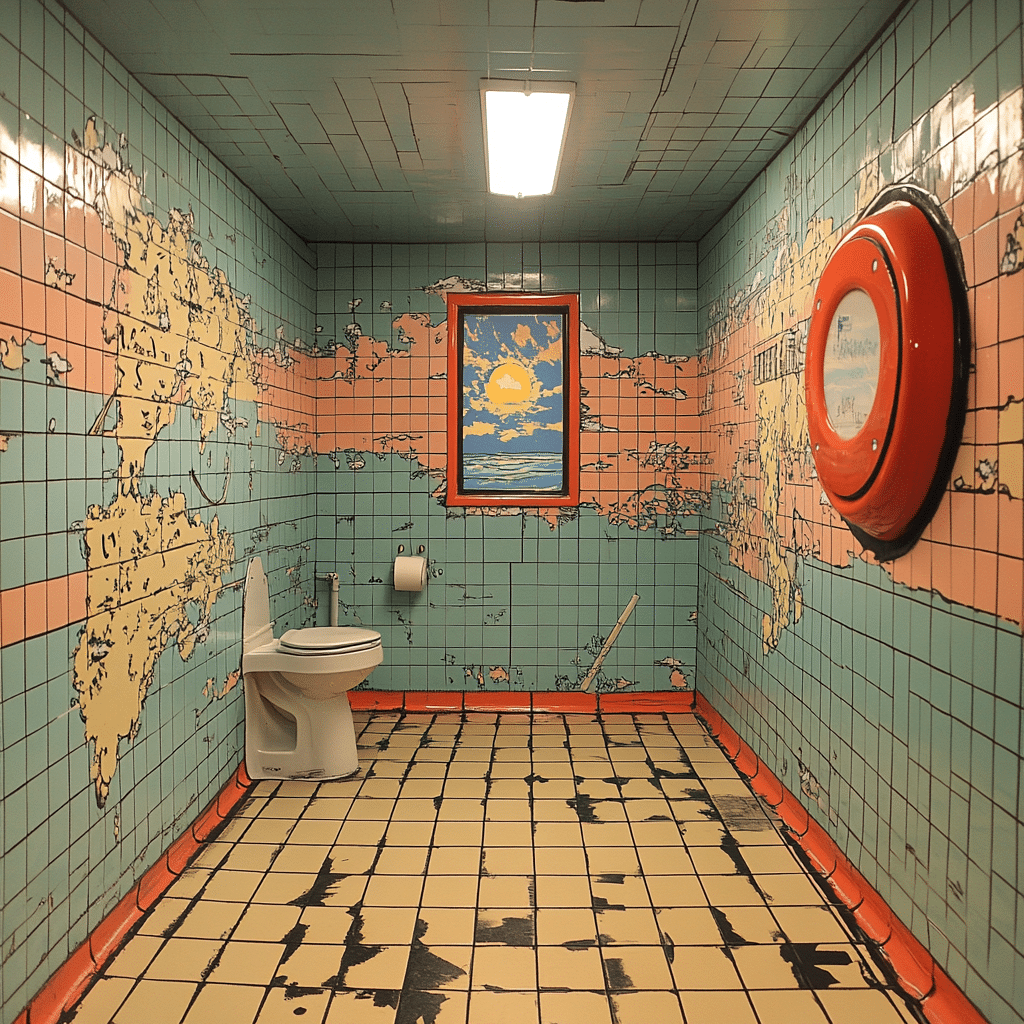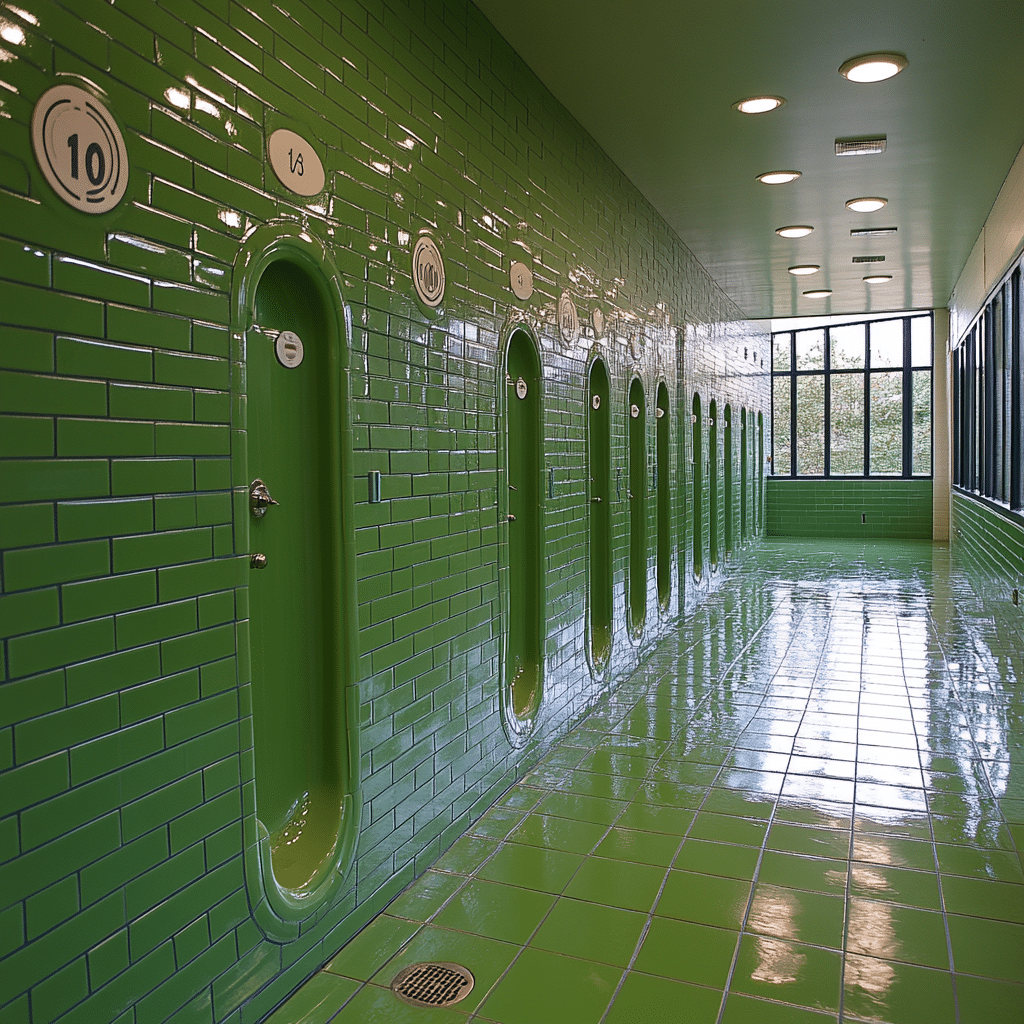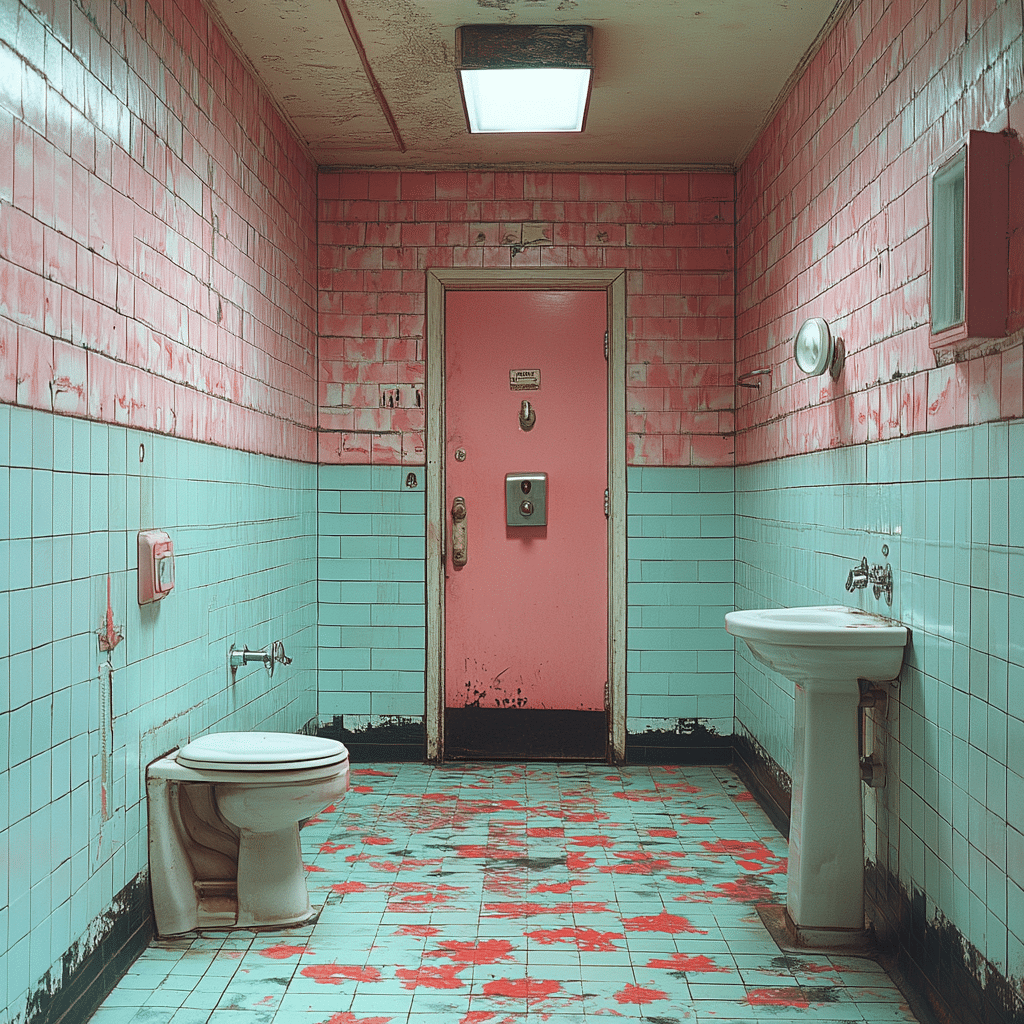Public restrooms might not be the most glamorous topic on the travel agenda, but let’s be real—they’re crucial to our comfort and hygiene when we’re out exploring. From urban adventures in bustling metropolises like New York City to tranquil retreats in the countryside, we all rely on clean public restrooms for a much-needed pitstop. With the right attention to cleanliness and amenities, these facilities can elevate the travel experience. So, let’s dive into what makes public restrooms clean and user-friendly.
Top 7 Essential Features of Clean Public Restrooms
In the fast-paced world we live in, the importance of clean public restrooms can’t be overstated. Yes, we might overlook them until we need one, but clean facilities can actually bring peace of mind. Here are the top seven must-have features that define a clean public restroom:
Consistency is key in keeping public restrooms sanitary. In New York City, for example, restrooms operated by the Department of Homeless Services undergo rigorous cleaning at least three times a day. This regular maintenance not only prevents grime buildup but also significantly lowers the chances of bacteria lurking around.
Walking into a restroom with accessible hand sanitizing stations can be a game-changer. Brands like Purell are collaborating with city councils all over to ensure that sanitization dispensers are right at the entrance. It’s a simple yet effective way to encourage hygiene before and after restroom use.
The conversation around gender neutrality in public restrooms is picking up pace. Cities like Amsterdam have set a fantastic standard by adopting gender-neutral restroom designs. This move not only promotes inclusivity but also sets a benchmark for cleanliness and safety.
Touchless fixtures are gaining traction everywhere. Take the restrooms at San Francisco International Airport, for instance—they feature automatic faucets, toilet flushes, and soap dispensers. This tech-forward approach minimizes touchpoints, keeping germs at bay and offering users a more comfortable experience.
You can’t have a clean restroom without a solid waste management plan. Disneyland sets an excellent example with a strict trash collection schedule, making sure that bins are emptied regularly. As a result, visitors experience a much more pleasant and hygienic environment.
There’s something reassuring about knowing that the toilet paper and towels you’re using are fresh and sanitary. Brands like Scott have made a mark by providing individually wrapped toilet paper rolls in various public venues, giving users the confidence they crave in cleanliness.
Cleanliness isn’t just about surfaces; it’s about the air, too. Proper ventilation helps eliminate odors and moisture. Major museums, for example, routinely employ effective airflow systems, significantly enhancing the user experience while maintaining a fresh atmosphere.

Public Restroom Cleanliness Standards: A Varying Landscape
When it comes to standards for cleanliness, public restrooms aren’t all created equal. Take Tokyo, which stands out for its meticulous efforts in maintaining public spaces. The Japanese government prioritizes cleanliness, training restroom attendants rigorously and focusing on aesthetic details that impress visitors.
On the other hand, many urban areas in the U.S. face challenges in meeting similar standards. Critics argue that maintenance inconsistencies can detract from the overall experience, often making users think twice about venturing into these facilities. If you’re traveling in the U.S., it’s wise to be prepared for a mix of experiences, especially when it comes to finding clean public restrooms.
Innovations in Public Restroom Design
Technology is shaking up the design of public restrooms in exciting ways. Look at what’s happening in Dubai—self-cleaning toilets with UV light systems that disinfect surfaces automatically are not just a fantasy; they exist now! Companies like Toto are leading the pack with high-tech restroom solutions that focus on cleanliness and user comfort.
These innovations reflect a growing awareness and emphasis on hygiene in public spaces. As urban landscapes evolve, so do our expectations for modern public restrooms. Gone are the days of dingy, neglected facilities; now, it’s all about smart design and cutting-edge technology.

Understanding User Experience: Surveys and Feedback
Let’s face it—everyone’s experiences with public restrooms vary, and feedback is crucial in improving these facilities. Surveys conducted by organizations like the Public Restroom Association consistently reveal that aspects like privacy, availability, and cleanliness weigh heavily on our opinions of public restroom accessibility.
Interestingly, data shows that public restrooms rated highly for cleanliness tend to attract more users. It’s a smart investment for cities and organizations to put their money where it counts. Enhancing the user experience translates directly into increased foot traffic, so the case for cleanliness is a win-win.
Community Efforts for Improved Hygiene
Community involvement often paves the way for better public restroom conditions. Programs like the “Adopt-a-Restroom” initiative in Dallas empower local businesses and organizations to take responsibility. By cleaning and monitoring nearby facilities, they can ensure that public restrooms are kept in tip-top shape.
This partnership not only improves restroom cleanliness but also fosters a sense of community. It’s a reminder that when local citizens pitch in, everyone benefits from cleaner, more accessible facilities. Think of it as a grassroots approach to hygiene.
The Future of Public Restrooms: Sustainability and Technology
Looking ahead, the future of public restrooms seems brighter than ever. With sustainability becoming a priority, innovations like composting toilets and waterless urinals are emerging as effective solutions. Cities such as Portland, Oregon, are already embracing this technology, significantly reducing their water footprints.
By marrying sustainable practices with modern technology, public restrooms can meet the demands of today’s environmentally conscious society. More than just a space for relief, these facilities can evolve into responsible parts of urban infrastructure.
Through diligent maintenance, innovative designs, community engagement, and sustainable practices, we can reshape public restrooms into user-friendly facilities. No longer should we shy away from addressing this vital topic. After all, with cleanliness and accessibility prioritized, everyone can enjoy the freedom of travel without worry.
In conclusion, the next time you find yourself needing a public restroom, remember that a clean experience can enhance your travels. Just like savoring a juicy Wendy’s 4 for 4 meal or admiring the exhibits at The Dallas World Aquarium, the little things in life—like clean public restrooms—can bring comfort to our journeys. Whether diving into the art scene in Waipahu or catching a screening at the Ambler Theater, let’s celebrate the importance of hygiene in our shared public spaces.
Public Restrooms: Fun Trivia and Interesting Facts
The Evolution of Public Restrooms
Public restrooms have come a long way from the communal outhouses of yesteryear! Did you know that ancient Rome had public latrines where folks would gather to chat while taking care of business? Talk about multitasking! Fast forward to today, and you’ll find facilities that prioritize hygiene and user comfort. In fact, some establishments have even embraced themed décor that gives a whole new meaning to a bathroom break. Just think—wouldn’t a trendy supreme backpack design make a statement if used as a restroom accessory?
Quirky Statistics
Now, let’s have some fun numbers! Studies reveal that nearly 60% of people will check for cleanliness before using a public restroom. And get this: an astonishing one in five people say they avoid using public restrooms altogether! While that might keep some folks from using facilities, it opens the door to creativity in design. You might spot a combo like the popular Wendy’s 4 for 4, which, just like great public restrooms, offers a satisfying experience at a reasonable price.
Making Bathroom Breaks More Enjoyable
Ever heard of restrooms featuring live plants or even artwork? Some parks, like the Sam Houston Race Park, are integrating beautiful landscaping into their restroom facilities, all in an effort to provide a more pleasant environment. Additionally, in today’s culture, privacy is king. Trends show that many people prefer individual stalls, reflecting a growing demand for personal space, much like how some folks take a private approach, opting for a lie detector test near me instead of open discussions.
It’s clear that public restrooms are no longer just a pit stop; they’re an experience all their own. So next time you’re out and about, remember to appreciate those clean facilities and perhaps even say a mental “thank you” to the designers behind them. After all, they help keep our adventures going strong—like finding out who wins the bachelor 2025 while waiting in line!

Is it legal to have a public restroom?
Yes, it’s legal to have a public restroom, and many cities and municipalities encourage their presence to serve the community.
What is a public restroom?
A public restroom is simply a room or small building where anyone can find toilets and sinks to freshen up, often located in parks, libraries, and other public spaces.
What is the restroom law in California?
In California, there’s no specific law requiring businesses to provide public restrooms, but many do choose to for customer convenience, particularly in restaurants.
Is it OK to use public restrooms?
It’s generally fine to use public restrooms, as they’re designed for public use, but it’s always good to be respectful and leave them tidy.
Are public bathrooms a human right?
The idea of public bathrooms as a human right is debated; many believe access to clean restrooms is essential to overall dignity and health.
What are the rules of using a public restroom?
When using a public restroom, common rules include waiting your turn, keeping noise down, and ensuring you leave the space clean for the next person.
What does WC stand for?
WC stands for “water closet,” which is another term for a restroom, especially used in some English-speaking countries.
What are the cons of public bathrooms?
Some downsides of public bathrooms include cleanliness concerns, potential safety issues, and the presence of germs, which can be unsettling for some people.
Are public restrooms free?
Most public restrooms are free for anyone to use, while some establishments may restrict access to paying customers only.
Is it illegal to not let people go to the bathroom?
In many places, it’s illegal to deny someone access to a bathroom in a commercial establishment, especially in emergencies.
Is public urination illegal in California?
Public urination is indeed illegal in California and can result in fines or penalties.
What is the new toilet law in California?
New legislation in California has aimed to improve access to public restrooms, including providing standards for cleanliness and maintenance in public facilities.
Can stores deny restrooms?
Many stores can choose whether or not to let people use their restrooms, but it’s becoming more common for businesses to offer access to attract customers.
What is it called when you can’t use public restrooms?
When someone can’t use public restrooms, it may be referred to as a restroom access issue, which can be frustrating in urban areas.
Why do public restrooms exist?
Public restrooms exist to provide a necessary service, promoting hygiene, comfort, and convenience for people out and about in their communities.
What is the US public bathroom law?
There isn’t a strict federal law governing public restrooms, but local regulations often guide their availability in commercial spaces.
Is it illegal to not let people use the bathroom?
It’s usually illegal for businesses to completely deny bathroom access, especially if someone is in urgent need, as this can pose health risks.
What is the Texas Restroom Access Act?
The Texas Restroom Access Act allows certain individuals to use a public restroom in businesses if they have specific medical conditions that make their need urgent.
What is it called when you can’t use public restrooms?
When someone can’t use public restrooms, it may be called a restroom access or public toilet access issue, highlighting an important area of concern for many.






















